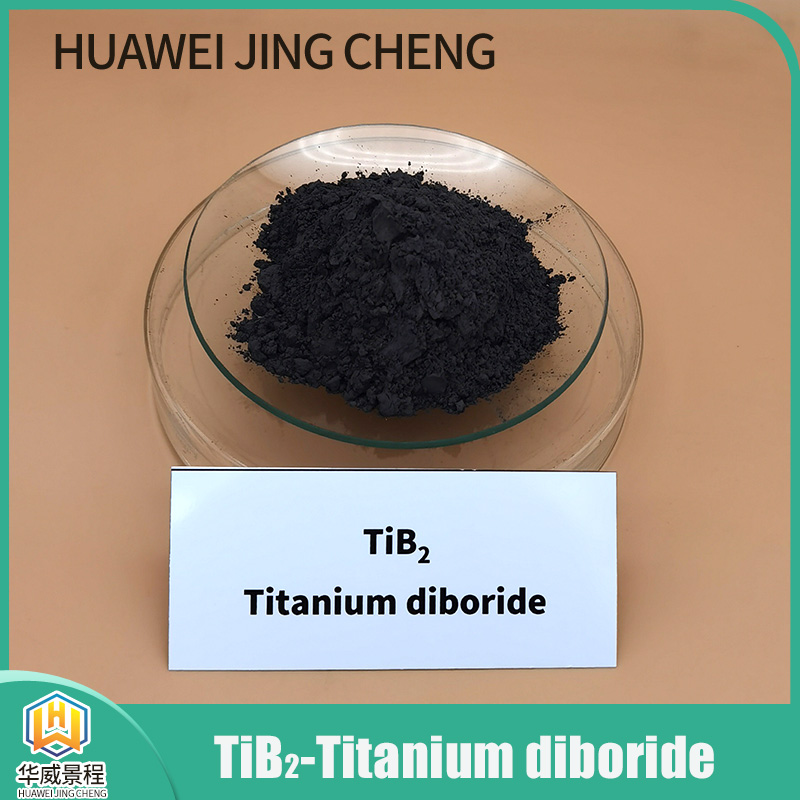Hafnium Alloy
Hafnium alloy contains metal element hafnium, which is the substance with the highest melting point in the world today. The substance with the highest known melting point is a compound of hafnium: tetratantalum hafnium pentacarbide (Ta4HfC5) has a melting point of 4215 degrees Celsius.
Hafnium, metal Hf, atomic number 72, atomic weight 178.49, is a shiny silver-gray transition metal. There are 6 natural stable isotopes of hafnium: hafnium 174, 176, 177, 178, 179, 180. Hafnium does not react with dilute hydrochloric acid, dilute sulfuric acid and strong alkali solutions, but is soluble in hydrofluoric acid and aqua regia. The element name comes from the Latin name of the city of Copenhagen. In 1925, the Swedish chemist Hevesy and the Dutch physicist Coster used the method of fractional crystallization of fluorine-containing complex salts to obtain pure hafnium salts, and reduced them with metallic sodium to obtain pure metallic hafnium. The content of hafnium in the earth's crust is 0.00045%, and it is often associated with zirconium in nature.
Zirconium diboride is a chemical substance with the molecular formula ZrB2. Properties Gray hard crystal. Zirconium boride has three components, namely zirconium monoboride, zirconium diboride, and zirconium triboride. Only zirconium diboride is stable in a wide temperature range. Zirconium diboride is mainly used in industrial production. Zirconium diboride is hexagonal crystal, gray crystal or powder, relative density 5.8, melting point 3040℃. High temperature resistance, high strength at room temperature and high temperature. Good thermal shock resistance, low resistance, anti-oxidation at high temperature. With metallic luster. The resistance is slightly lower than that of metal zirconium. It is stable in a large temperature range after heating. Although the melting point is high, it can be sintered at a lower temperature. It is prepared by mixing metal zirconium with boron carbide and boron nitride and heating to 2000°C in an argon flow.
Titanium diboride powder is gray or gray-black, with a hexagonal (AlB2) crystal structure. Its melting point is 2980°C and has high hardness. The anti-oxidation temperature of titanium diboride can reach 1000°C in air, and it is stable in HCl and HF acid. Titanium diboride is mainly used to prepare composite ceramic products. Because of its resistance to corrosion by molten metal, it can be used in the manufacture of molten metal crucibles and electrodes for electrolytic cells.

Titanium diboride (TiB2) is the most stable compound of boron and titanium. It has a C32 structure and is combined in the form of its valence bond. It is a hexagonal metalloid compound. The structural parameters of the complete crystal are: a is 0.3028nm, and C is 0.3228nm. In the crystal structure, boron atomic planes and titanium atomic planes appear alternately to form a two-dimensional network structure, in which B is covalently bonded with the other three B, and the extra electron forms a large π bond. This graphite-like boron atomic layer structure and Ti outer electrons determine that TiB2 has good electrical conductivity and metallic luster, and the Ti-B bond between the boron atomic surface and the titanium atomic surface determines the high hardness of this material and brittle characteristics.
TiC is light gray, cubic crystal system, insoluble in water, melting point 3140°C. It has high chemical stability and almost no chemical reaction with hydrochloric acid and sulfuric acid, but can be dissolved in aqua regia, nitric acid, and hydrofluoric acid, and also dissolved in solutions of alkaline oxides.
TiC is an iron-gray crystal with metallic luster, which belongs to the NaCl type simple cubic structure, the lattice constant is 0.4329 nm, and the space group is Fm3m. The carbon atom and the titanium atom are equivalent in the lattice position, and there is a strong bond between TiC atoms. It has several characteristics similar to metals, such as high melting point, boiling point and hardness, the hardness is second only to diamond, has good thermal conductivity and electrical conductivity, and even exhibits superconductivity at extremely low temperatures. Therefore, TiC is widely used in the manufacture of cermets, heat-resistant alloys, hard alloys, wear-resistant materials, high-temperature radiation materials and other high-temperature vacuum devices. and other fields have a wide range of applications.
